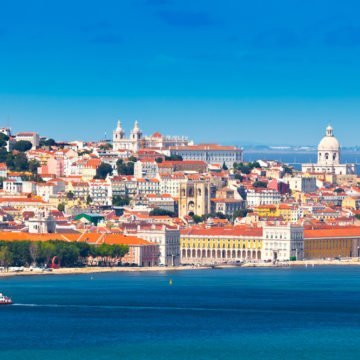A trip to the far north of Europe combining the countries of Norway, Denmark, Sweden and Finland provides a wonderful insight into Scandinavia. It was also interesting to end our travels with a few days in St Petersburg, Russia – a chance to explore a little of Scandinavia’s gigantic neighbour.
On arrival into Bergen, Norway early in July, summer is in full swing and it was a happy feeling to have left the southern hemisphere winter behind! It was quite difficult to comprehend Scandinavia’s dark winters while basking in sunshine and long daylight hours throughout our travels.
Norway offered beautiful mountain and fjord landscapes, unique alpine farm enterprises, summer ski jumping at Lillehammer and wonderful Viking history. Denmark’s progressive pork and cropping industries were a standout, as were the passionate farming families we met. In Sweden we enjoyed the wonderful sights and sounds (ABBA!) of Stockholm, picturesque lakes, coastlines and attractive farms and gardens. Other highlights included an overnight cruise from Copenhagen to Oslo, crossing the longest bridge in Europe and soaking up the rich Viking heritage.
From a rural perspective, it was interesting to see how the farming community has adapted and transformed into a modern and substantial economic force since the earliest farming settlements way back in Viking days – especially in such a challenging climatic environment. While subsidies play a major role due to a lack of farming scale and extreme climatic conditions in some instances, the Scandinavian economies are strong, thanks to well established international brands helping drive their economies, think Husqvarna, Maersk, Volvo, Ikea, Nokia and Arla Foods and, in Norway’s case, to North Sea oil supplies.
The Danish pork industry is an example of innovation, performance and focus; pigs are a huge contributor to their agricultural economy. With advanced technology and genetics, coupled with a ready supply of suitable feed and a location handy to the large consumer market of Europe, the pig industry is well set up to survive and thrive. Heating in the cooler months is something that needs to be addressed by sophisticated systems, with a strong emphasis on bio fuels.
There are pockets of crops grown in Sweden, Finland and Norway but the dominant arable producer in Scandinavia is Denmark with its expanse of flat land and deep fertile soils. Wheat, barley, potatoes, canola, sugar beet and forage maize are grown, as well as grass seeds and a range of vegetable crops such as brassicas.
Dairy farming is also undergoing a facelift throughout Scandinavia. While there are still smaller traditional family farms, there are also many new larger/corporate enterprises embracing new technologies, including robotic milking. Robotic milking is becoming increasingly popular in Scandinavia – quite understandable given most stock are in barns for much of the year due to the harsh winters this part of the world experiences. Although we enjoyed warm summer days on tour, we learned that housing dairy stock was essential given the winter temperatures can fall to -40c, often accompanied by a metre or two of snow to contend with. Not only are the cows well-fed and sheltered, but it is also much better for the farm staff. Of the seven dairy farms we visited on our three week tour, six had robotic systems.
One Danish dairy farmer milked about 300 Danish Red cows with five robots. The cows visited the robot on average 3.5 times a day and produced around 10,000 litres of milk per lactation, which seemed to be pretty typical production for this part of the world. Although robotic milking is more difficult to apply in pastoral situations, it was interesting to see how popular it is in these countries and to see the pros and cons of such systems in this environment.
It is clear each of the Scandinavia countries retain their own distinct identity but picturesque countryside, clean and attractive cities, informed friendly people, fresh cuisine and cultures rich in history and innovation flow throughout. What’s more, travellers are made to feel very welcome making it a pleasure to tour the region.
Extremely good value and professionally organised. Studs and stables were amazingly welcoming and informative.
Kevin & Jenny Casey.






